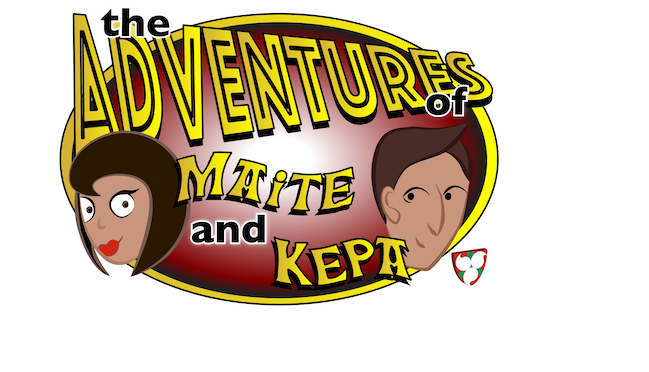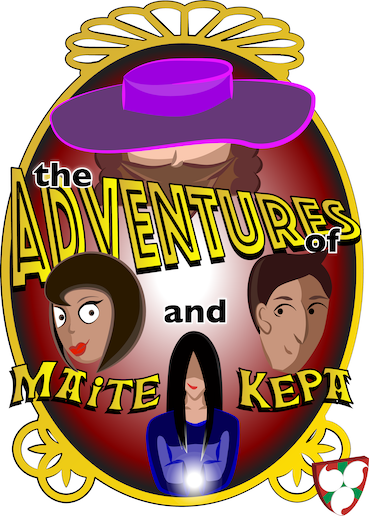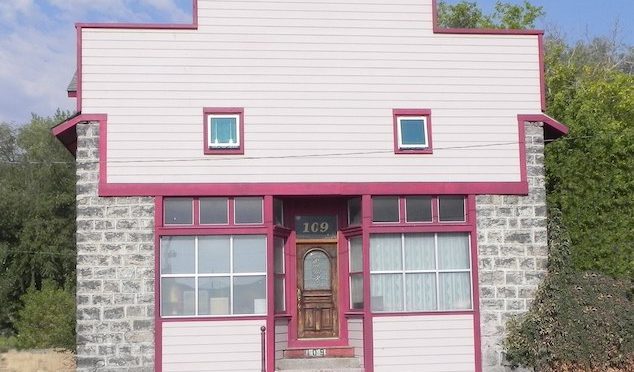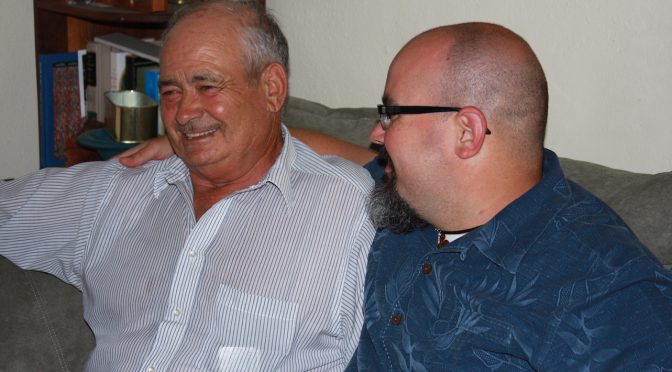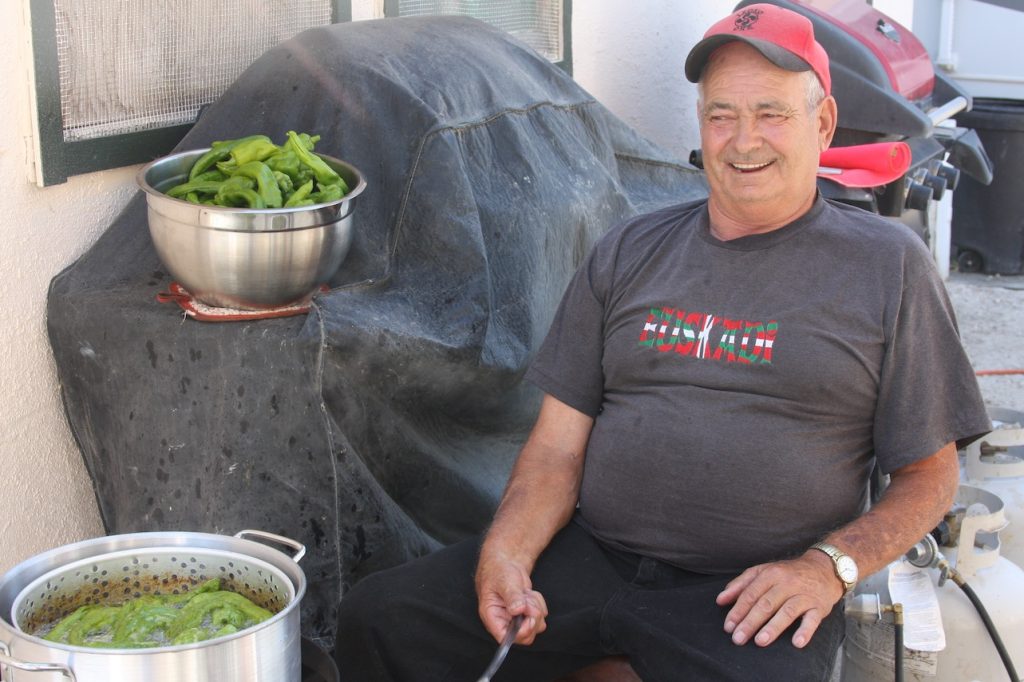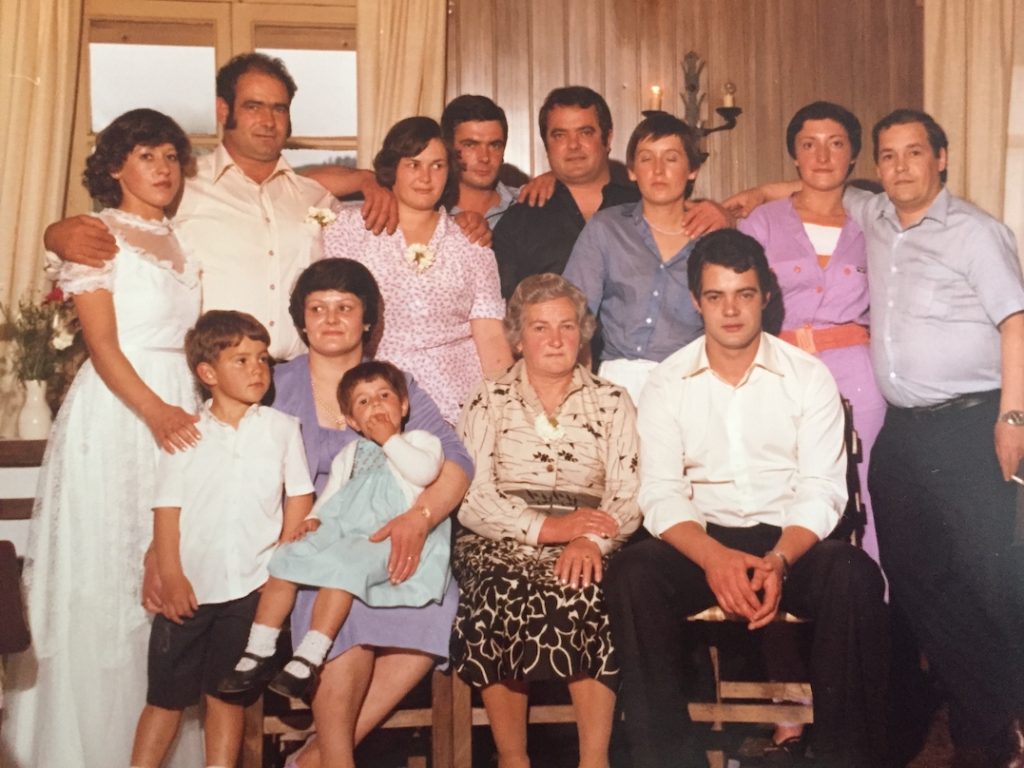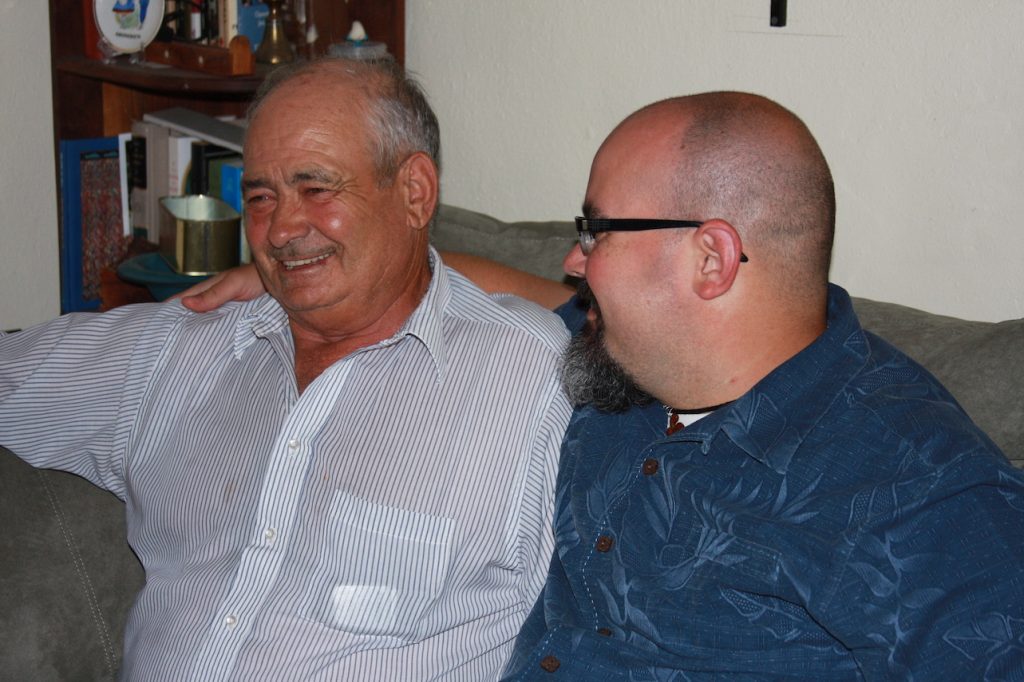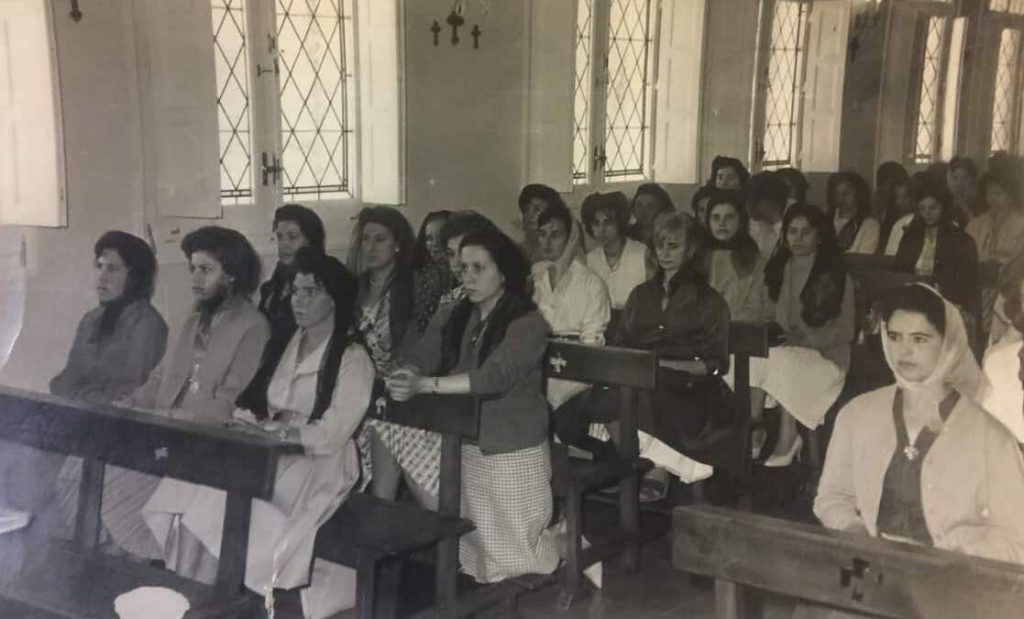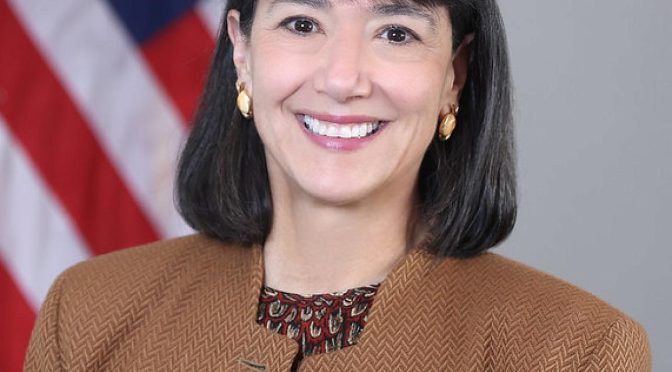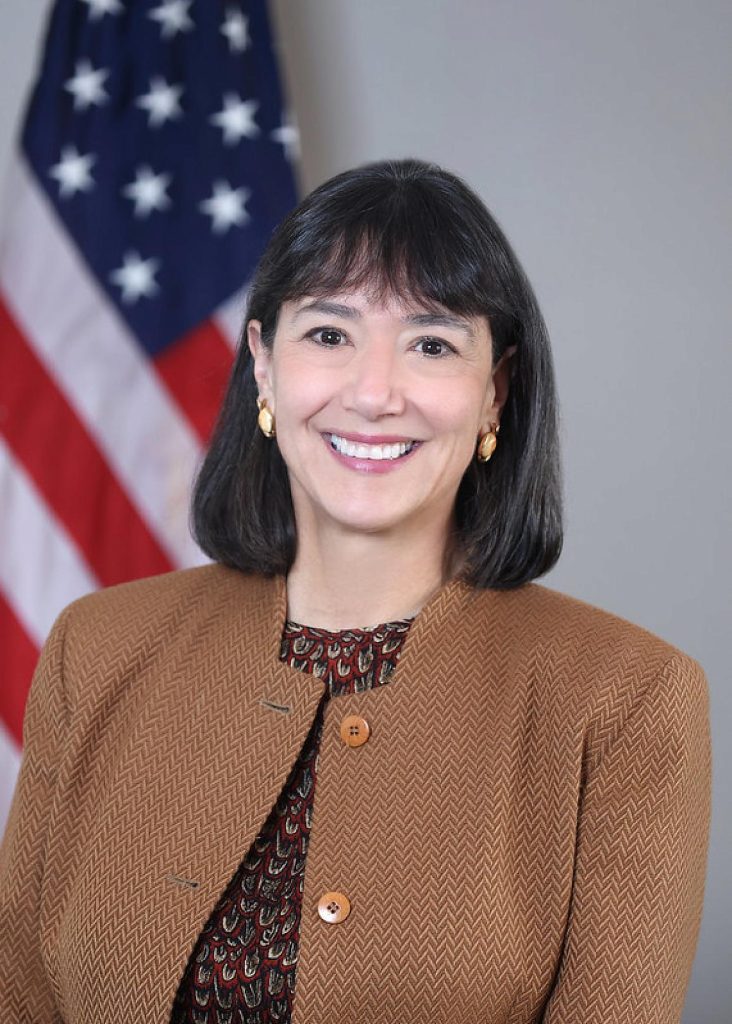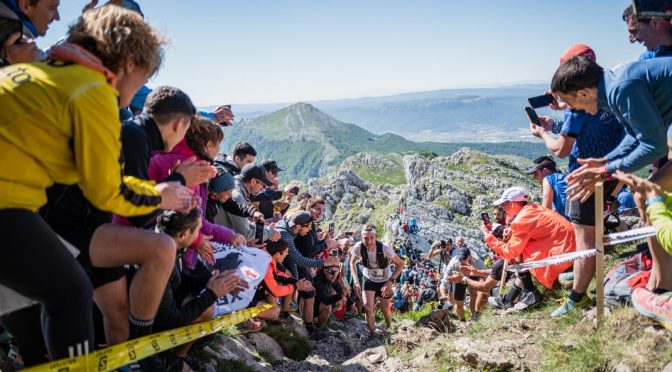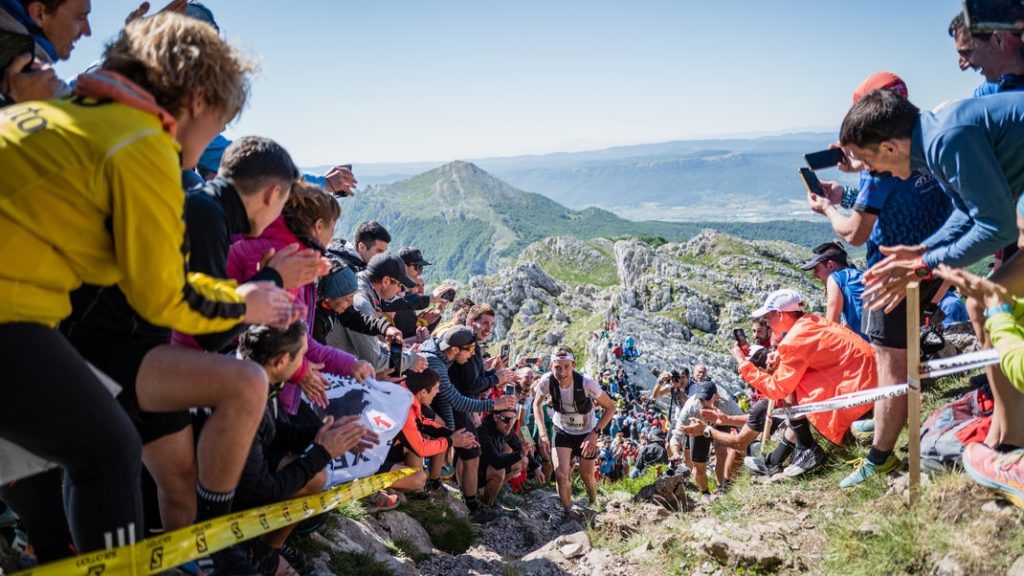One day, we were all sitting around the table listening to stories from dad. I’m not quite sure how it came up, but he made a sound of a rooster. Instead of our cock-a-doodle-doo, his rooster said kee-keeree-kee-keeree-coo. His rooster spoke Euskara instead of English! I guess it should have been obvious that animal sounds were different in different languages, but I had never really thought about it. So, it is pretty convenient that berria.eus has a long list of sounds that not only animals but other things “say” in Euskara. Here, I’ve added translations to English. Some of these ideophones I’ve written about before, but this adds to that list.

- abere larriak (large animals). Marruma, makakorro.
- ahatea (duck). Kua-kua.
- ahotik ahora ibiltzea (babbling). Bala-bala, bolo-bolo.
- ahuntza (goat). Bekereke, bee, marraka.
- aizkora kolpeak (blows of an axe). Kiski-kaska.
- amiamokoa (stork). Klaka.
- antzara (goose). Karranka, karran-karran.
- apoa (toad). Klik-klok, kluk-kluk, klin-klon.
- ardia (sheep). Balaka, bee, beeka, marraka, mee.
- argazki kamera (camera). Klisk.
- arrautza haustea (cracking an egg). Klask.
- astoa (donkey). Aaaaa, aja-ja, arran-arran, arrantza, arrantzaka, zinka.
- ate joka (knock on a door). Kas-kas, kask, kask-kask, kax-kax, dan-dan, pan-pan.
- azeria (fox). Zaunka, xanpa.
- balantzaka (balancing/stumbling). Binbili-bonbolo, binbilin-bolon, dinbili-danbala, pinpili-panpala, zinbulu-zanbulu.
- barrea (laughing). Iji, iji-aja, iji eta aja, ijiji, kar-kar(-kar), kur-kur(-kur), ajaja, ja.
- barre ironikoa (ironic laugh). Ja-jai.
- bat-batean (suddenly). Di-da, brau, dzast, zart, rau, zapla, banpez, klak, krak, krask, krik, krik-krak, tak.
- bat-batean bururaturiko ideia (a sudden idea). Dapa.
- behia, zezena, idia (cow, bull, ox). Mu, marru, orro, marru-marru, marru egin, marruka aritu, marruma, murrusa, murrusaka, mu eta mu.
- behorra eta zaldia (mare and horse). Irrintzia, ijijiji.
- belea eta gisako hegaztiak (crow and other birds). Karra-karra, karranka, kras-kras, kua-kua.
- bihotza (heart). Taup, taup-taup, taupa-taupa, tak, tak-tak, pil-pil.
- bizkor (quick/fast). Zirt-zart, sast, rau, rast, brast, brasta-brasta, bristi-brasta, brixt, zizt.
- bizkor emaniko kolpeak (quick blows). Zirti-zarta.
- bozgorailuaren zarata ulertezina (incomprehensible speaker noise). Kirrink eta karrask.
- danborra (drum). Dan-dan, ranplanplan, rapetaplan, rataplan.
- desgogara egotea (being upset). Uf, ufa, puf.
- dirua (coins). Txin-txin.
- distira (shine). Brixt, bris-bris, brist-brist, briz-briz, dir-dir, diz-diz, klisk.
- doministikua (sneezing). Atxi, hatxiu, atrux, atruxka, antuxa, atxus, atxuska, atxis, atxix.
- ebakitzea (cutting). Zarrats, ritx.
- edaria zerbitzatzea (serving a drink). Glin-glan.
- edatea (drinking). Danga-danga, glu-glu, klu-klu, zanga, zanga-zanga, zurrut, zurrust, hurrup, klik.
- ekaitza (storm). Burrunba.
- elurra (snow). Mara-mara, tapa-tapa.
- eperra (partridge). Txor-txor.
- erlea (bee). Burrunba, brun-brun, zunburrun.
- erlojua (clock). Tak, tak-tak, tiki-taka.
- erortzea [lurrera, uretara…] (falling, to the ground or water…). Plaust, plausta, blast, plast, plasta, plasta-plasta, plost, patapun, patapau, punpa, punba.
- errota (mill). Tiki-taka.
- esertzea (sitting down). Aapa.
- eskinosoa (jay). Karra-karra.
- eulia (fly). Burrunba, brun-brun, zunburrun.
- euri handia, zaparradarik gabe (heavy rain, not a shower). Zara-zara, zarra-zarra.
- eurixka (rain). Ziri-ziri, ziri-miri.
- euri zaparrada (heavy rain). Zapar-zapar.
- ezkila, kanpaia (bell). Dilin-dalan, dan-dan, danbada, danga, danga-danga, din-dan, binbili-banbala, durundi, dinbili-danbala, dinbilin-danbalan, tanga, tilin, tilin-talan, tilin-tilin.
- ezpatak (clashing swords). Klix-klax, zirti-zarta.
- eztanda (explosion). Danba, pun, zart, pan.
- eztula (cough). Tuju-tuju, eju eta eju.
- ezustea (unexpected). Sast.
- flasha (flash). Brixt, brist.
- gaztainak, erre bitartean (chestnuts while roasting). Zirt-zart.
- guraizea (scissors). Klix-klax, kras-kras.
- gurdia (a cart). Karranka.
- haizea (wind). Fiu, ulu, zurrumurru, pir-pir.
- haize leuna (gentle breeze). Firi-fara.
- hara eta hona (back and forth). Tilin-talan, firin-faran.
- harridura (surprise). Atx.
- haustea (breaking). Klak, klask, krak, krak egin, krik-krak, krik-krok, zart.
- hegalen mugimendua (flapping wings). Fla-fla-fla, xapla-xapla.
- hiltzea (dying). Pot.
- hizketa etengabea (continuous talk). Txor-txor, tur-tur-tur, tar-tar-tar, bar-bar, bala-bala, tel-tel, tili-pala-tili-pala, txau-txau-txau, ttor-ttor, mar-mar.
- hontza (owl). Uhuri, ujuju, ulu.
- hortzak (teeth (gnashing)). Kras-kras, klak.
- hostoak (leaves (rustling)). Pir-pir, fir-fir.
- hozka (biting). Klak, klask, kosk.
- hozka oldartzea (biting attack). Gliski-glaska.
- ibaia (river (murmuring)). Gur-gur, gur-gur egin, zurrumurru, xurru-xurru, xur-xur.
- igela (frog). Karra-karra-karra, kroak, kroaka, kro-kro, krak.
- igurztea (rubbing). Arrast, zirri-zarra.
- ilea moztea (cutting hair). Gliski-glaska, klik-klik.
- indioilarra (turkey). Glu-glu, glu-glu egin, kur-kur.
- irakitea (boiling). Bar-bar, bor-bor, bur-bur, gal-gal.
- irenstea (swallowing). Klak, klik, klik eta klak, klik eta klik, hurrup eta klik.
- irristatzea (sliding). Irrist, laprast.
- itsasoa (the sea). Burrunba.
- jatea (eating). Mau-mau, mauka-mauka, naka-naka, kaska-kaska, klak, klaka-klaka, mauska-mauska, mausta-mausta, ñan-ñan.
- jatean nahikoa egin (eating enough). Glok, glok egin.
- joarea (cowbell). Bulun-bulun(-bulun), dilin-dalan, dulun, dulun-dulun, tulun, tulun-tulun.
- joka (hitting). Danba-danba, danga, di-da.
- kanoia (cannon). Danbada, dunbada.
- karraska (grinding teeth). Kris-kras.
- Kate txikia (small chain). Txilin.
- katua (cat). Miau, marrau, miauka aritu, miau egin, marraka egin, marrakatu, ñau, ñauz, ñauka.
- kazkabarra (hail). Zirti-zarta, kiski-kaska.
- kilima (tickling). Kili-kili.
- kilkerra (cricket). Kir-kir, kri-kri, xirri-xirri.
- kolpe handia (big blow/hit). Banba, danba, danbada, danbateko, panp, panpa, pun, kanka, plaust.
- kolpe segida (consecutive blows). Kisk eta kask, kisk-kask, kiski-kaska, binba-banba, dinbi-danba, panpa-panpa, pinpi-panpa, siki-saka, tiki-taka, tiliki-talaka.
- kolpe txikia (small blow/hit). Kask-kask, tak, tok, tak-tak, tok-tok.
- korroka (fighting). Korrok.
- kukua (cuckoo). Kuku.
- labana sartzea (inserting a knife). Sasta.
- lehoia (lion). Marruma.
- likido bat isurtzea (spilling a liquid). Parrast.
- liztorra (wasp). Burrunba.
- mailua (hammering). Danbateko, panpa-panpa, taun-taun, taunk, tiriki-tauki.
- makilaren mugimendua (waving a stick). Firrinda, zirt-zart, zirt eta zart.
- makina (machine). Tiki-taka, fra-fra.
- marmarra (murmur). Mar-mar-mar, mur-mur-mur.
- masailekoa (of the cheek). Plisti-plasta, zapla, dabla, dibli-dabla, da-da, pla, pla-pla-pla.
- mastekatzea (chewing). Kaska-kaska.
- metala (metal). Txin-txin.
- metrailadorea (machine gun). Ta-ta-ta-ta-ta.
- mina (pain). Otx, atx, ai, aiena, aienatxo.
- mozolo (old man). Oihu, ujuju, uuu eta aaa.
- moztea (cutting). Krask.
- nekea (tiredness). Ufa.
- oihua (crying). Uu, uuuu.
- oilarra (rooster). Kukurruku, kukurrukuka.
- oiloa (chicken). Karaka, karaka egin, kakaraka aritu, kiriki eta karaka.
- oinez (footsteps). Taka-taka, tiki-taka, tipi-tapa, tapa-tapa.
- olatuak (waves). Furrust-farrast.
- ongi izatea (being good). Aufa, aufi.
- otsoa (wolf). Alarau, ulu, ulu-ulu, hauma, uhuri.
- pipan erretzea (smoking a pipe). Pafa-pafa, pauta-pauta.
- putz egitea (blowing). Fu.
- puzkerra (puffing). Turrut, puzzz, tirri eta tarra.
- sabela (belly). Gur-gur, gur-gur egin, kurrinka, glu-glu.
- sastada (stabbed). Sast, zazt.
- satorra (mole). Siu-siu.
- sehaska (cradle). Klun-klan, kun-kun.
- sokaren mugimendua (wave a rope). Firrinda.
- sugea (snake). Txistu.
- talka (crashing). Klak, klask, plaust.
- telefonoa (telephone). Tirrin-tirrin.
- telefono dei etena (dropped phone call). Pu-pu-pu-pu.
- tiroa (shot, shooting). Banba, danba, dzast, sast, pan, bunba, bunbada, pinpi-panpa.
- topa egitea (making a toast). Glin-glin-glin.
- trago batean edalontzia hustea (chugging). Hikilimikiklik, hilimiliklik.
- trakets jatea (clumsy/messy eating). Klika-klaka.
- trena (train). Trakatan-trakatan, tipirri-taparra, trinkili-trankala, trinkili eta trankala.
- trosta (trotting). Draka-draka-draka, patapa-patapa, trakatan, traka-traka.
- trumoia (thunder). Burrun, burrunba, danbateko, orro.
- txakurkumea (puppy). Ttau-ttau.
- txakurra (dog). Au, au-au, ttau-ttau, zaunk-zaunk, zaunka, ulu, hauma.
- txakurra jatean (dog eating). Lapa-lapa, glaska-glaska.
- txerria, basurdea eta gisakoak (pig, wild boar, and the like). Kurrin, kurrin-kurrin, kurrinka, zurrunga.
- txilina (handbell). Tilin, tilin-tilin.
- tximeleta (butterfly). Ziru-zira.
- txinparta (spark). Zirt-zart, kriski-kraska.
- txirrina (bell). Tirrin, tirrin-tirrin, tilin-tilin.
- txistua (whistling). Fiu, uuii.
- txita (chick). Txio-txio, txioka.
- txoria (bird). Txio, txorrotxio, txio-txio, txioka.
- unea (action). Xixt.
- uretan ibiltzea (walking in the water). Plisti-plasta.
- uretan murgiltzea (immerse in water, dunk). Plunp, pluf.
- urrats geldoan (slow steps). Tirriki-tarraka, tirrist-tarrast, tirristi-tarrasta, tuku-tuku, xirri-xarra.
- urratzea (tearing). Tarrat, zarrat.
- usoa (pigeon). Urruma, kurruka.
- xurxula (whispering). Pir-pir.
- zakar (strong wind???). Rau, briu-brau.
- zapoa (toad). Klok-klok, klonk-klonk.
- zarata handia (loud noise). Birrinbi-barranba.
- zerbait gogor irenstea (swallowing something hard). Klik.
- zerbait pixkanaka egitea (doing something gradually). Txiri-txiri.
- zerra (sawing). Sirrin-sarran, zarra-zarra.
- zigor ukaldia (whipping). Zirt-zart, zirt eta zart.
- zintzarria (cowbell). Bulun-bulun(-bulun), dilin-dalan, dulun, dulun-dulun, tulun, tulun-tulun.
- ziztada (puncturing). Sast, zazt, zizt, zizta, zizt-zazt, zizti-zazta, txixt, sist eta sast, dzast.
- zozoa (blackbird). Zorzor.
- zurrumurrua (whispering). Bru-bru.


